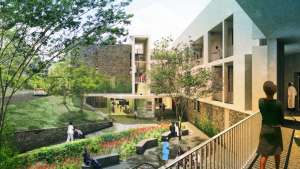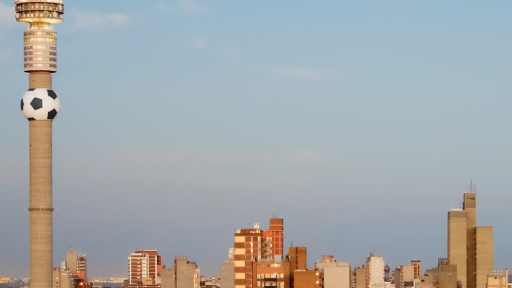Johannesburg cannot afford to build like it did in the past, says Thomas Chapman, an architect and the founder of social impact architectural firm Local Studio. Taking to the Design Indaba stage this year, Chapman introduced himself as a “citizen of the Republic of Johannesburg,” encouraging us to consider the concept of the modern city as a more logical way of collecting a population.
“In the old city, by virtue of the fact that we cannot afford to build like we did in the past, change is visible as a new layer,” he says. "It’s this concept of additions and alterations to an existing city that inspires me a lot.”
Since its establishment in 2012, Chapman’s Local Studio has pushed for architecture that drives social change. He innovates in design spheres that include community participation, public space design, alternative construction methodologies, heritage and desegregation.
For Chapman, the purpose is to make new connects where Apartheid’s segregation laws left the city disjointed. During the Apartheid era, strict laws like the Group Areas Act were put into place to force segregation on the basis of race. Using natural features like the mining belt in Johannesburg, the Apartheid government created buffers between black, white and coloured communities. These structural divisions still exist in the South African landscape today.
“We have a fantastic policy called Corridors of Freedom which is looking to knit the Apartheid city back together by the use of public transport and non-motorised transport systems,” says Chapman.
Through his projects, Chapman hopes to rectify some of the wrongs left behind by the Apartheid regime. One of his latest projects, a new cultural centre in Sophiatown called the Trevor Huddleston Memorial Centre, is home to the Sophiatown Remembrance Screen. The screen is a place for the former residents of Sophiatown remember their homes before they were forcibly removed during Apartheid.











